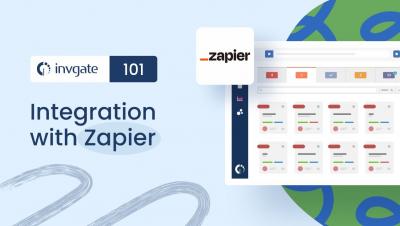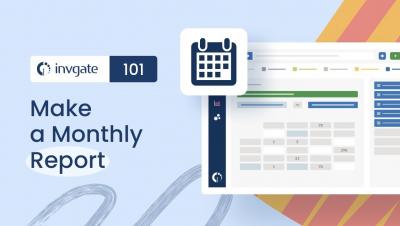3 ways healthcare companies are improving customer experience
Healthcare workers were deeply impacted by the global pandemic. While other businesses shuttered their doors, hospitals and insurance providers pushed their limits to care for patients. Kind words and personal attention go far with patients, especially when they’re already stressed. People turn to healthcare professionals when they’re worried and sick, so great customer service is absolutely critical. But what does that mean in practice?











